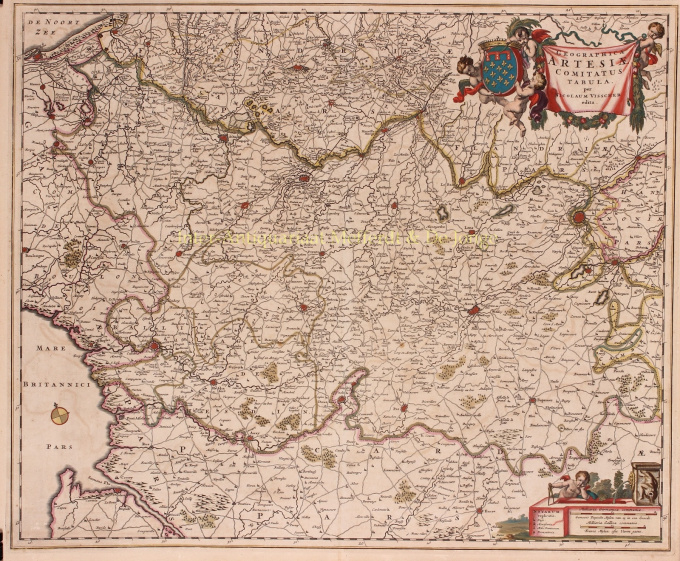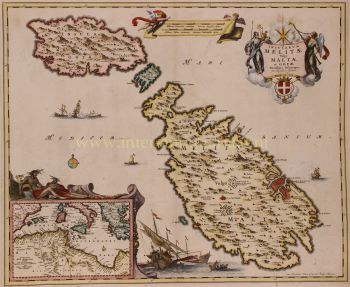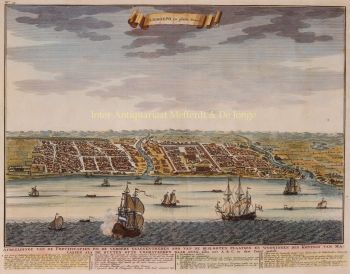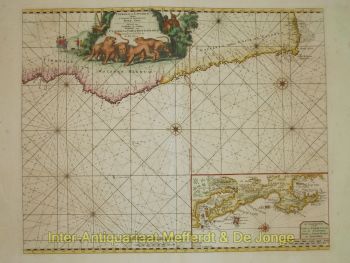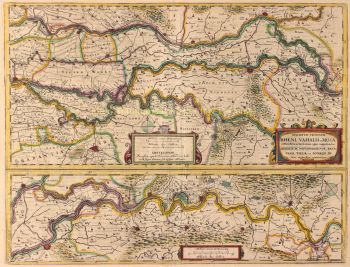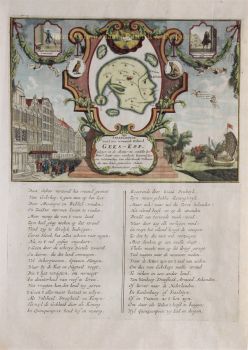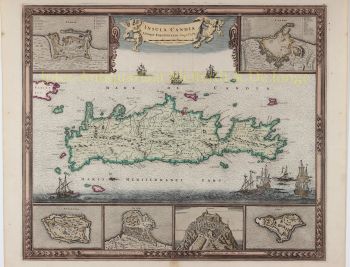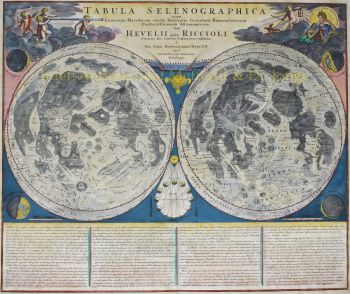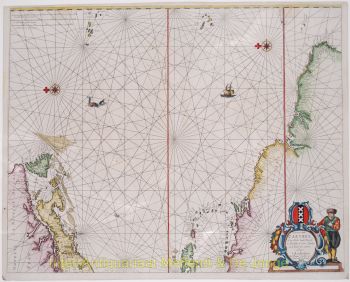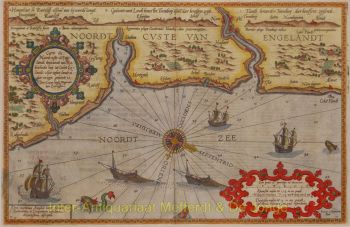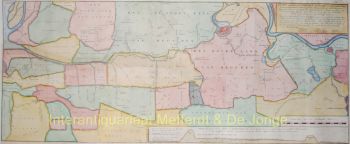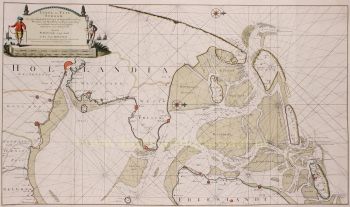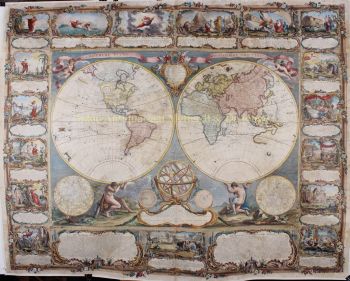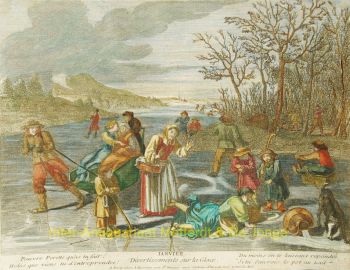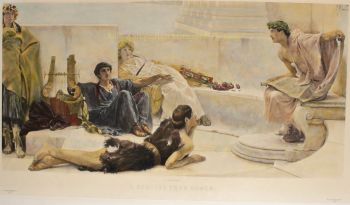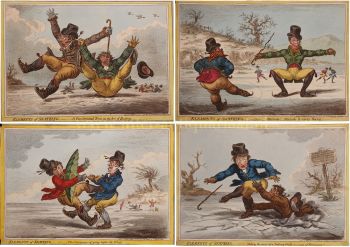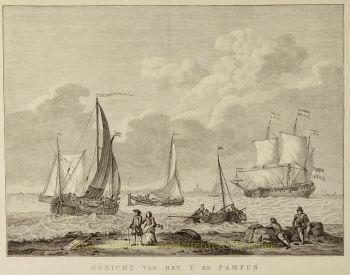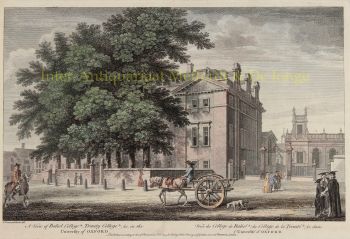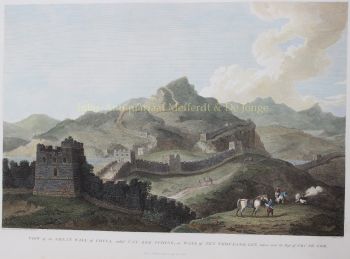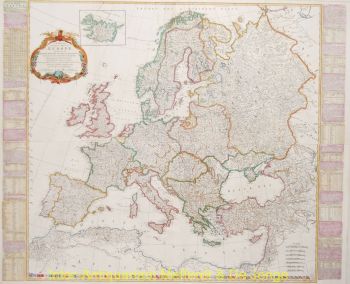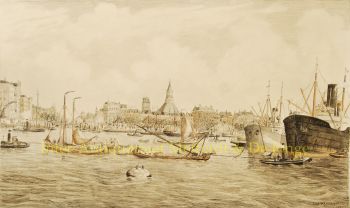Artois 1656
Nicolaes Visscher
€ 175
Inter-Antiquariaat Mefferdt & De Jonge
- A proposito di opere d'arte
GRAAFSCHAP ARTESIA (ARTOIS) "Geographica Artesiae Comitatus Tabula", copper engraving published in Amsterdam by Nicolaes Visscher I as part of his "Atlas Contractus" between 1656-1677. Verso: blank. Coloured by hand in time. Dim. 46.6 x 56.3 cm. The County of Artesia was one of the Seventeen Provinces in the 16th century. Artesia played an important role at the beginning of the Eighty Years' War. Together with Hainaut, Artesia took the initiative for the Southern Union of Atrecht (Arras). Although the Flemish and Brabant cities sided with the northern Union of Utrecht, the division of the Netherlands had begun, with a northern part striving for independence from the Spanish king and a southern part wishing to remain with the Spanish empire. At the end of the Eighty Years' War, Artesia was conquered from the Spaniards by the French. At the Peace of the Pyrenees in 1659, Artesia was definitively allocated to France. At the top right, putti carry a banderole with the title of the map and the county's coat of arms. A dreamy putto with compass rests on the legend and scale bars bottom right. Price: Euro 175
- A proposito di opere artista
Nicolaes era l'unico figlio di Claes Jansz. Pescatore. È anche conosciuto con i nomi: Nicolaas o Claes Claesz. Dopo anni di lavoro per il padre nell'azienda, gli succedette dopo la sua morte nel 1652. Nel 1662 fu ammesso alla corporazione dei librai di Amsterdam e nel 1677 Nicolaes, ormai rispettato editore, ricevette un brevetto di 15 anni dagli stati dell'Olanda e della Frisia occidentale per la stampa e la pubblicazione di mappe. Morì due anni dopo e fu sepolto nella stessa cappella del padre.
Le edizioni Atlas di Nicolaes I includevano:
"Atlas Contractus Orbis Terrarum" del 1657.
“Germania Inferiore” del 1663.
"Atlante Minore" del 1675.
Gli atlanti di Visscher venivano spesso compilati secondo i desideri degli acquirenti (il cosiddetto Atlas Contractus). Generalmente non contengono testo, solo a volte un indice stampato. Sono state utilizzate carte di altri produttori, lastre di rame autoincise e lavorate da suo padre.Uno dei punti salienti della cartografia seicentesca è la mappa murale a più pagine. Ne è un esempio - del 1656 - la carta della Zelanda: “Zelandiae Comitatus novissima Tabula”. Questo consisteva in nove fogli che insieme avevano una dimensione di 140 x 160 cm. Aggiungendo paesaggi urbani, la mappa potrebbe essere ulteriormente ingrandita. Questi paesaggi urbani furono a loro volta pubblicati intorno al 1668 con il nome: “Speculum Zelandiae”.
Sei interessato ad acquistare questa opera d'arte?
Artwork details
Related artworks
- 1 - 4 / 4
- 1 - 4 / 24
- 1 - 4 / 12

